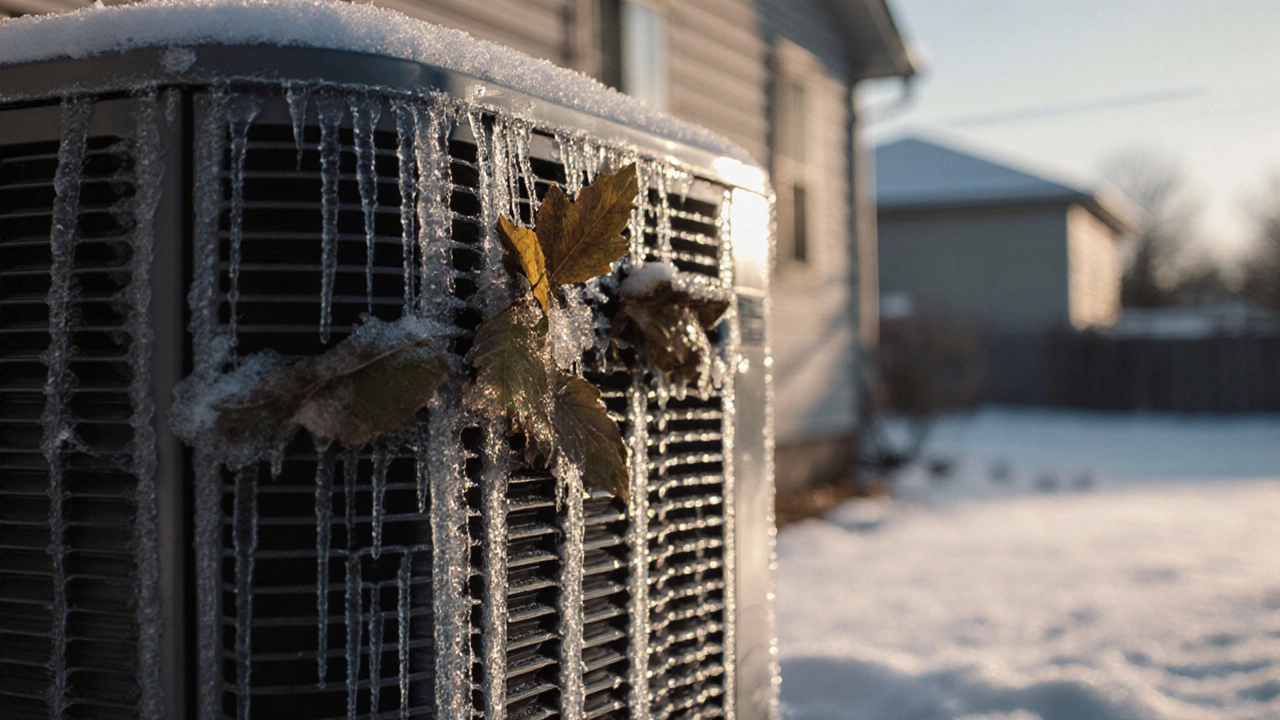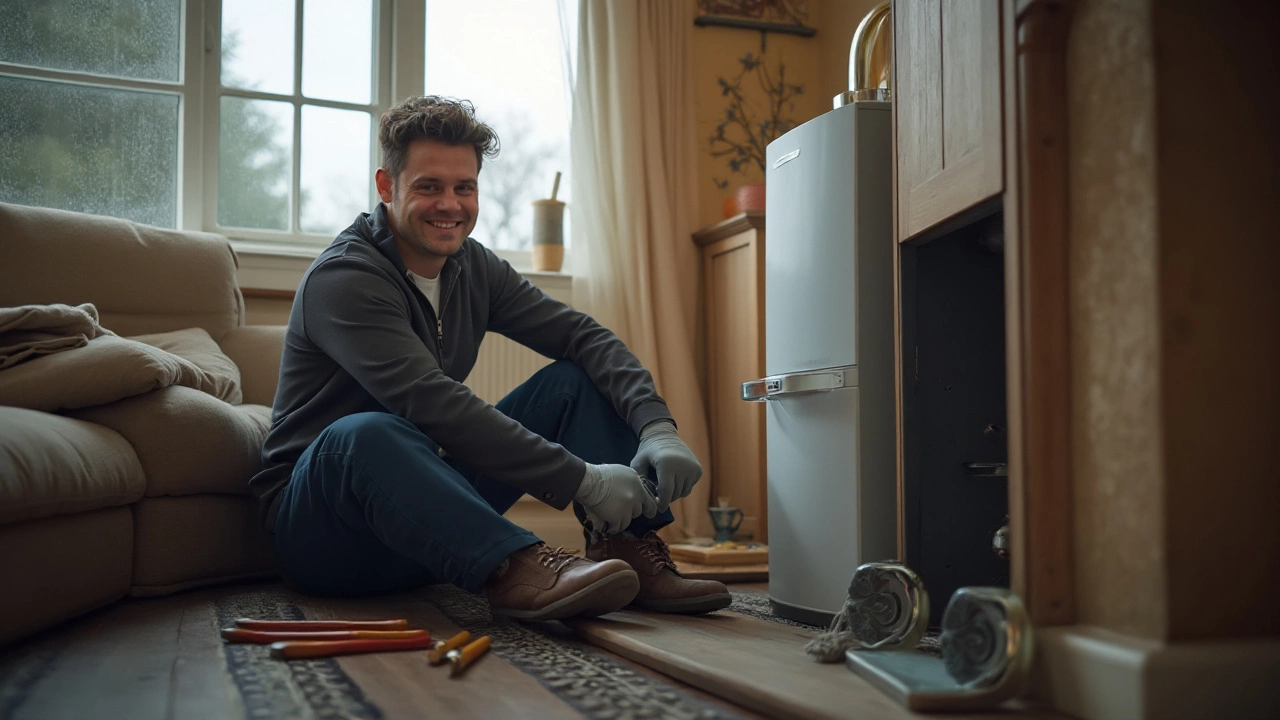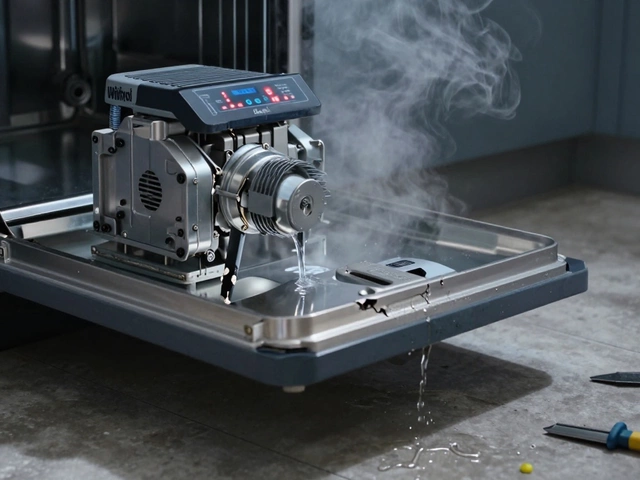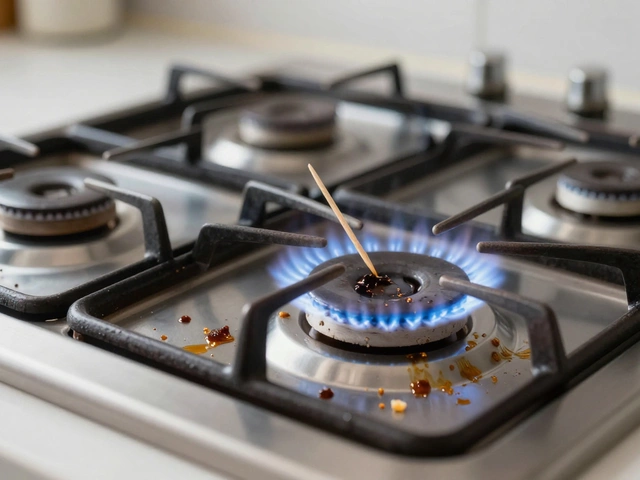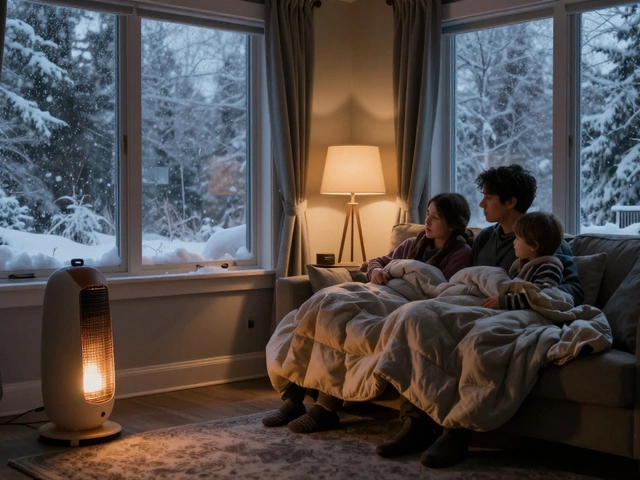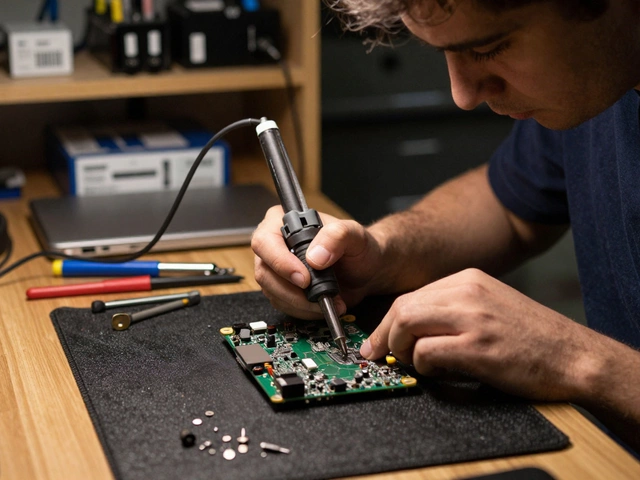HVAC Repair: Quick Tips to Keep Your Home Comfortable
Got a heating or cooling system that’s acting up? You’re not alone – most homeowners face an HVAC hiccup at least once a year. The good news is that many problems are simple enough to tackle yourself, while the rest are best left to a trained tech. In this guide we’ll walk through the most common issues, easy DIY checks, and clear signs it’s time to call in a professional.
Common HVAC Problems and DIY Fixes
Boiler won’t fire up. First, make sure the thermostat is set to heat and the temperature is higher than the current room temp. Then, check the pressure gauge – most boilers need 1‑1.5 bar when cold. If the pressure is low, bleed a radiator or add water using the filling loop. A reset button on the boiler can also help; hold it for 30 seconds and see if the unit restarts.
Water heater stops heating. Look for a tripped breaker or a blown fuse before assuming the heater is broken. If the power is fine, the thermostat may be set too low – raise it to 120‑130°F (49‑54°C). For gas heaters, the pilot light could be out; follow the manufacturer’s steps to relight it safely.
Heat pump makes weird noises. A rattling or squealing sound often means a loose fan blade or a worn-out belt. Turn off the system, remove the access panel, and tighten any loose screws. If the belt looks cracked, replace it – it’s a cheap fix that prevents bigger damage.
Air conditioner won’t cool. Check the filter first – a clogged filter reduces airflow and makes the unit work harder. Clean or replace it, then clean the outdoor condenser coils with a garden hose (don’t spray the fan directly). Finally, make sure the thermostat is set to “cool” and the fan is on “auto”.
These quick checks can solve up to 70% of everyday HVAC hiccups. Always turn off power before opening panels, and keep a notebook of serial numbers and dates for future reference.
When to Call a Professional
If you’ve tried the basic steps and the system still isn’t working, it’s time to bring in a certified technician. Here are the red flags that mean DIY isn’t enough:
- Repeated trips of the boiler or water heater safety cut‑out.
- Leaking refrigerant lines on an AC or heat pump.
- Burning smells, sparking, or any sign of electrical short.
- Corrosion, rust, or water damage around the unit.
- Complex problems like compressor failure or control board issues.
A qualified pro will have the tools to test pressure, check gas lines, and replace sealed components safely. Ask for a written estimate, verify they’re Gas Safe registered (for boilers) or have the proper HVAC certification, and look for reviews that mention punctuality and clean work.
Regular maintenance is the best way to dodge costly repairs. Schedule a yearly service for your boiler, water heater, and heat pump. During the visit, the technician will clean burners, test safety valves, and inspect electrical connections – all of which keep your system running efficiently and extend its life.
Bottom line: start with the simple checks, keep a maintenance schedule, and don’t hesitate to call a pro when safety or complex parts are involved. With the right approach, your HVAC system will stay reliable, your energy bills will stay low, and you’ll stay comfortable all year round.
How to Spot a Heat Pump Malfunction - Simple DIY Checks
- Alden Wilder
- Oct 12 2025
- 0 Comments
Learn how to spot a heat pump malfunction with simple DIY checks, understand warning signs, run basic diagnostics, and know when to call a professional.
View MoreMost Common Heat Pump Problem and How to Fix It
- Alden Wilder
- Oct 8 2025
- 0 Comments
Learn why ice buildup on the outdoor coil is the most common heat pump problem, how to diagnose it, and when to DIY or call a pro.
View MoreUnderstanding Boiler Repair Costs: An In-Depth Guide
- Alden Wilder
- Jan 23 2025
- 0 Comments
Boiler repair costs can vary significantly depending on several factors, such as the type of issue, the brand of your boiler, and even your location. Understanding these costs helps in budgeting for maintenance and ensuring your heating system runs efficiently. This article provides insights into common problems, average repair costs, and tips to reduce future expenses. Learning about these factors can prevent sudden financial burdens and extend the lifespan of your heating system.
View More
